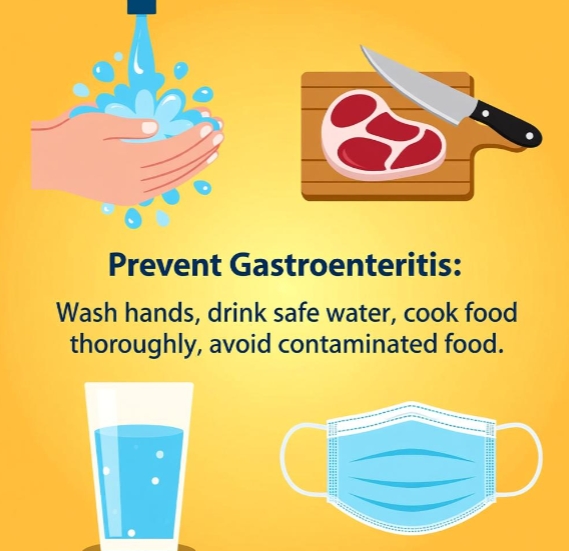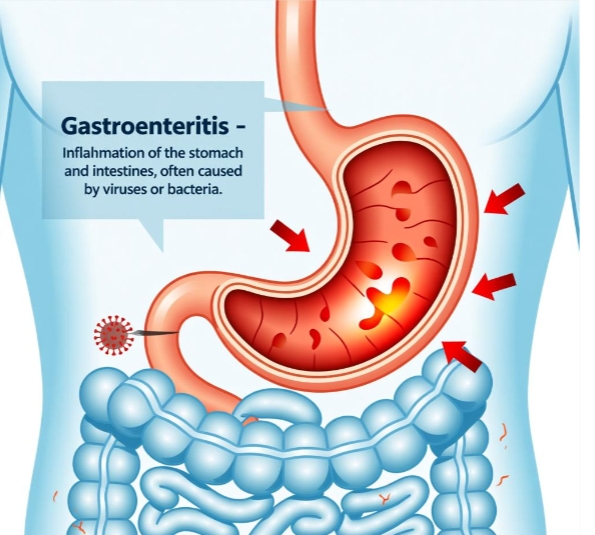Indigestion centers on recurrent upper-abdominal discomfort. Common features include:
- Vague pain, burning, or bloating in the epigastrium or left upper quadrant, starting within 1 h after meals or sometimes worsening when the stomach is empty
- Early satiety: feeling full after only a few bites, preventing completion of a normal meal
- Post-prandial fullness: bloating persists >1 h after eating and is scarcely relieved by belching or position change
- Epigastric distension and belching: a subjective sense of abdominal swelling with frequent sour-tasting eructations
- Nausea or occasional retching; vomitus is usually gastric content without bile or blood
- Upper epigastric heat: a heartburn-like sensation located higher, easily confused with reflux
- Loss of appetite, thick tongue coating, halitosis and other ancillary complaints
Symptoms may be intermittent or persist for weeks, often linked to meals, emotion or fatigue and usually remit at night. Warn the doctor if steady weight loss, repeated vomiting, melena or anaemia appears.
| Symptom group | Typical description | Usual triggers |
|---|---|---|
| Epigastric pain/burning | Dull ache or burning, post-prandial or fasting | Acid irritation, mucosal hypersensitivity |
| Early satiety | Fullness after small volume | Impaired gastric accommodation |
| Post-prandial bloating | Abdominal swelling >1 h, belching poorly relieved | Delayed emptying, gas pooling |
| Belching/distension | Frequent eructations, subjective abdominal drum | Aerophagia, intragastric gas retention |
| Nausea/retching | Occasional, mostly no bile or blood | Dysmotility |
| Epigastric heat | Higher located heartburn-like discomfort | Acid or mucosal hypersensitivity |
| Appetite loss | Aversion to food or fear of eating | Chronic fullness affecting psychology |



